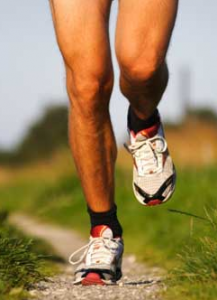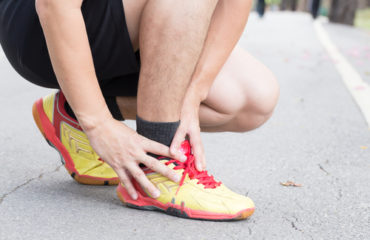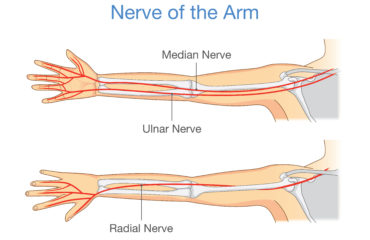Shin splint is a term used to the pain along the inner edge of the tibia (shin bone). The pain associated with shin splints (medial tibial stress syndrome) often develops after physical activity, such as running. The pain is often worse when the athlete is just starting the fitness activity.
What are the symptoms of shin splints?
Medial tibial stress syndrome is inflammation of the tendons, muscles, and bone tissue around the tibia. The pain occurs on the inner border of the shin bone, where muscles connect to the bone, and it is often worse during and after activity. The pain can be razor-like, sharp, and intense, or it may be dull, mild, and throbbing. Mild swelling and  tenderness of the shin are symptoms of shin splints.
tenderness of the shin are symptoms of shin splints.
What causes shin splints?
Shin splints develop when the bone tissue (periosteum) and muscle of the leg becomes overworked from repetitive activity. They also occur after sudden changes in activity, such as increasing the number of days you train, changes in frequency of activity, and increasing the duration of exercise.
What risk factors are associated with shin splints?
Certain factors can contribute to shin splints, such as:
- Exercising with worn or improper footwear
- Having flat feet or rigid arches
- Being a long-distance runner
- Being a dancer
- Being a military recruit
How common are shin splints?
Medial tibial stress syndrome has an incidence rate of around 16%. One report shows that the prevalence in the general population of shin splints is 9.5%.
How are shin splints diagnosed?
After discussing your medical history, activities, and symptoms, the doctor will examine your lower extremities. The diagnosis is usually made based on subjective description and history. If the doctor is concerned about other causes of shin pain (stress fractures, exertional compartment syndrome, tendinitis), he may perform additional imaging tests.
How are shin splints treated?
Shin splints usually respond to nonsurgical treatment. Options include:
- Rest – Overuse causes shin splints, so treatment involves resting from activity for 103 weeks. The doctor may recommend lower impact activities, such as stationary bike, swimming, and the elliptical trainer.
- Ice – Use of ice packs for around 20 minutes eases pain and swelling.
- Compression – To prevent further pain and swelling, you can wear an elastic compression wrap.
- Nonsteroidal anti-inflammatory drugs (NSAIDs) – Ibuprofen and ketoprofen are used for symptoms.
- Supportive shoes – You may need to wear shoes with a cushioning support sole during exercise. This reduces the stress on the tibia.
- Flexibility exercises – To stretch the lower leg muscles, you need to perform flexibility exercises before activity.
- Orthotics – The doctor may recommend special shoe inserts to stabilize and align the foot and ankle, which relieves stress on the lower leg.
When can I return to exercise?
Shin splints typically resolve with rest and conservative treatment. Before returning to activity, you should be pain-free for 14 days. Bear in mind that you must return to exercise at a lower level of intensity, and should not exercise as often as before. Be sure to stretch and warm up thoroughly before activity, and increase your activity slowly.
Dr. Adam Farber at Phoenix Shoulder & Knee offers top treatment for all types of sports injuries including shin splints, ligament tears and tendon injuries. Most insurance is accepted, call the top Phoenix and Scottsdale orthopedic doctor today!



